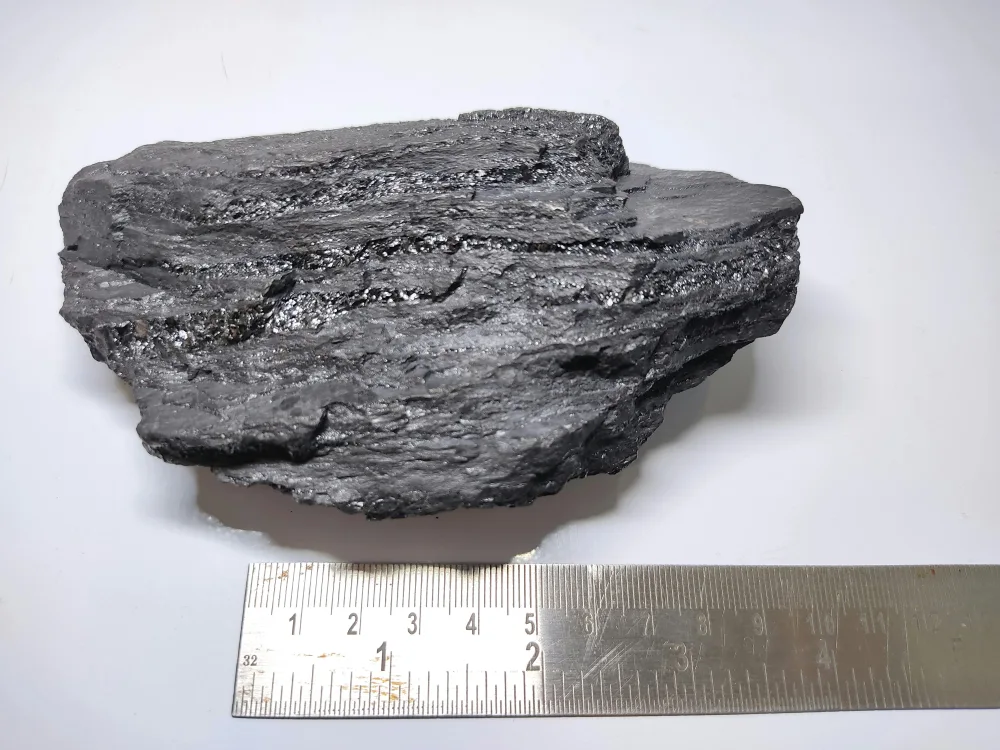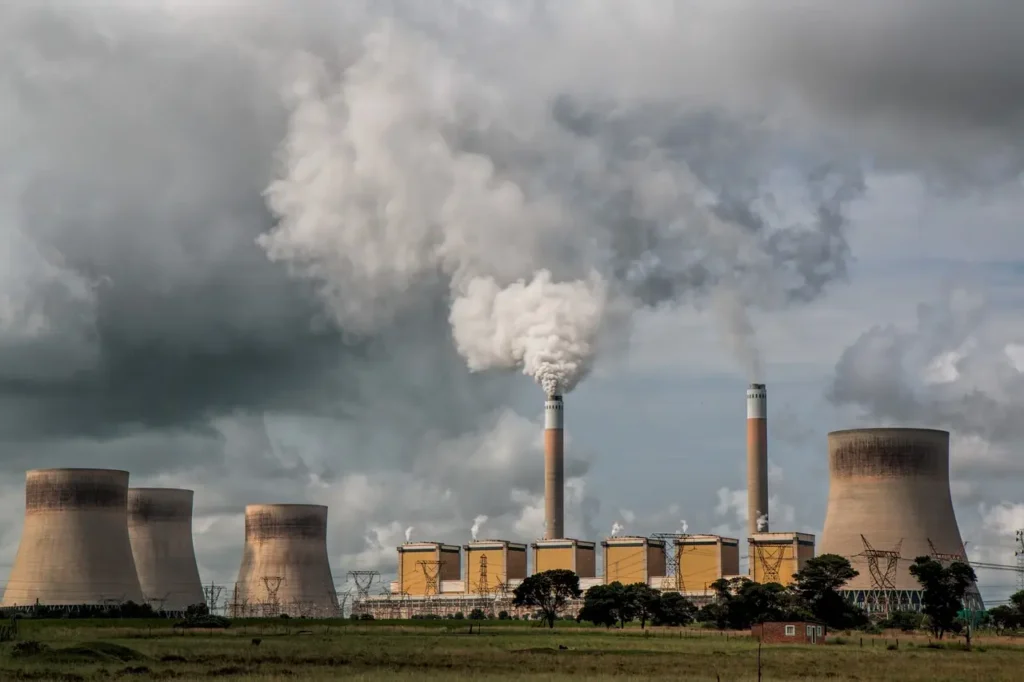Environmental Impacts of Coal
5 minute readCoal energy has powered industries for decades, but its environmental impact raises serious concerns
Home > Learning Center > Energy Production > Types of Coal
2 minute read • Last update August 2024

There are four main classifications or ranks of coal: anthracite, bituminous, subbituminous, and lignite.
Throughout Earth’s geological history, various processes such as tectonic movements can further bury coal seams deeper, subjecting them to even greater pressures and temperatures. This can enhance the quality of coal, transforming it into higher ranks.
The quality and characteristics of coal that eventually forms depend on the original plant material, the conditions under which it was buried, and the duration and intensity of the heat and pressure it was subjected to. This long process means that coal we use today began forming around 300 to 400 million years ago during the Carboniferous period, a time when the earth was covered with swampy forests.
| Coal Type | Carbon % | Age | Use |
|---|---|---|---|
| Anthracite | 86-97% | Over 300 million years old | Metals |
| Bituminous | 45-86% | 100-300 million years old | Metals and electricity generation |
| Subbituminous | 35-45% | At least 100 million years old | Electricity generation |
| Lignite | 25-35% | Less than 100 million years old | Electricity generation |
Anthracite is the highest ranking of the four types of coal and contains 86% to 97% carbon. This type of coal is hard and brittle. This is the highest quality coal with the highest heating value among all types of coal. Anthracite takes the longest to form and is generally over 300 to 350 million years old. However, it makes up less than 1% of coal mining in the United States as it is very rarely found in the country. Anthracite is mainly used by the metals industry and is mined in northeastern Pennsylvania.
Bituminous coal is the second highest quality coal and the most common type of coal in the United States. It contains 45% to 86% carbon and began to form between 100 million and 300 million years old. Bituminous coal accounted for about 45% of total U.S. coal production in 2021. It is used to generate electricity and is important for making coking coal used in the iron and steel industry. The top five states for bituminous coal production are West Virginia, Pennsylvania, Illinois, Kentucky, and Indiana.
Subbituminous coal contains 35% to 45% carbon and has a lower heating value than bituminous coal. It is at least 100 million years old. About 46% of total U.S. coal production in 2021 was subbituminous, with Wyoming and Montana being the major producers. Some sub-bituminous coal is also mined in Alaska, Colorado, and New Mexico.
While this type of coal is on the lower end of the quality ranking, it is easily and commonly found in thick beds near the surface of our planet. This makes the mining of subbituminous simpler and cheaper, which leads to lower prices.
The lowest rank of coal, containing 25% to 35% carbon. It has the lowest energy content among coal types. Lignite deposits are relatively young and were not subjected to extreme heat or pressure. It is crumbly and has a high moisture content, which reduces its heating value. Lignite accounted for 8% of total U.S. coal production in 2021.
North Dakota and Texas are the primary producers, with smaller amounts coming from Louisiana, Mississippi, and Montana. Lignite is mostly used to generate electricity, but there is a facility in North Dakota that converts lignite to synthetic natural gas for use in natural gas pipelines in the eastern United States.
Graham Lumley, Digital Marketing Manager at BKV Energy, leads digital and traditional marketing strategies, focusing on educating Texans about the state's deregulated energy market. With over 8 years of marketing experience, he creates content to help consumers understand and save on their energy bills, bringing a fresh and dynamic approach to the industry.

Coal energy has powered industries for decades, but its environmental impact raises serious concerns

Get $50 off your electric bill!
Use code BKVEJOINUS50
Enter your zip code to shop BKV Energy's affordable, fixed-rate Texas electricity plans. Use the promo code for $50 off your electric bill.